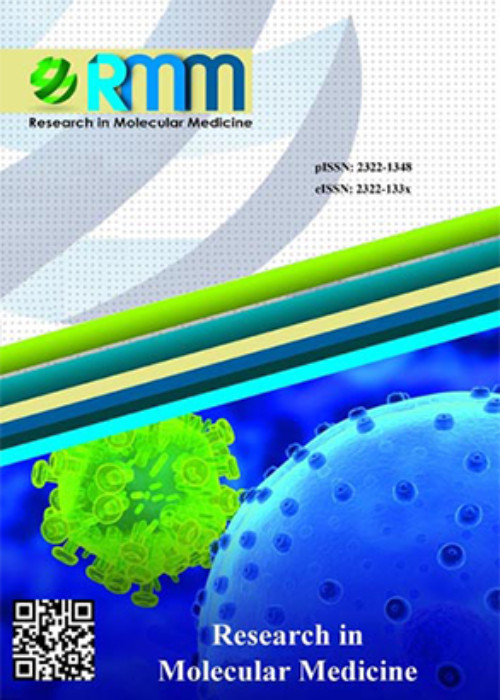Isolation and Identification of Phenanthrene-degrading Bacteria and Increasing the Biodegrading Ability by Synergistic Relationship
Author(s):
Abstract:
Background
Polycyclic aromatic hydrocarbons are a large group of oil contaminants with carcinogenic, mutagenic and teratogenic effects. The release of these compounds in soil destroys animals, plants and microbial diversity and has several negative impacts on physical properties of the soil including the destruction of soil aggregates reduction in pores, and increase in soil bulk density. Many strains of microorganisms isolated have the phenanthrene-degrading ability but this study focused on isolation and identification of a phenanthrene-degrader bacterium for bioremediation of contaminated soils.Materials And Methods
Enrichment technique was used for isolation and the most effective isolates, were named pseudomonas aeruginosa ZF1 and Serratia marcescens ZF2. The degradation experiments were conducted in the mineral salt medium (MSM) containing phenanthrene as the sole source of carbon and energy. The selection was based on phenanthrene biodegradation abilities. The isolates were identified using morphological, biochemical tests and 16S rDNA sequencing and after 10 days incubation at 30 °C and pH = 7, the bacterial growth and Phe-degrading rate were evaluated by protein assay (Bradford) and gas chromatography (GC), respectively.Results
Biochemical tests and 16s rDNA gene sequence analysis revealed that isolated bacteria are similar to Pseudomonas aeruginosa ZF1 and Serratia marcescens ZF2 with 99% similarity. The results showed a mixture of ZF1 and ZF2 bacteria could degrade 83% at minimum concentrations of 200 ppm of phenanthrene whereas single strain culture of two bacteria had poor degradation abilities (less than 15%).Conclusion
Results showed that isolated co-culture bacteria have high potential to degrade phenanthrene with the best results achieved when the enriched consortium was used and this mixture was shown to be an appropriate candidate for bioremediation purposes.Keywords:
Language:
English
Published:
Research in Molecular Medicine, Volume:5 Issue: 2, Jun 2017
Pages:
22 to 27
magiran.com/p1760330
دانلود و مطالعه متن این مقاله با یکی از روشهای زیر امکان پذیر است:
اشتراک شخصی
با عضویت و پرداخت آنلاین حق اشتراک یکساله به مبلغ 1,390,000ريال میتوانید 70 عنوان مطلب دانلود کنید!
اشتراک سازمانی
به کتابخانه دانشگاه یا محل کار خود پیشنهاد کنید تا اشتراک سازمانی این پایگاه را برای دسترسی نامحدود همه کاربران به متن مطالب تهیه نمایند!
توجه!
- حق عضویت دریافتی صرف حمایت از نشریات عضو و نگهداری، تکمیل و توسعه مگیران میشود.
- پرداخت حق اشتراک و دانلود مقالات اجازه بازنشر آن در سایر رسانههای چاپی و دیجیتال را به کاربر نمیدهد.
In order to view content subscription is required
Personal subscription
Subscribe magiran.com for 70 € euros via PayPal and download 70 articles during a year.
Organization subscription
Please contact us to subscribe your university or library for unlimited access!


